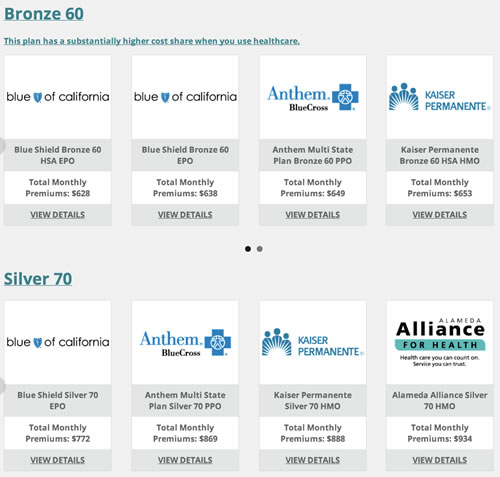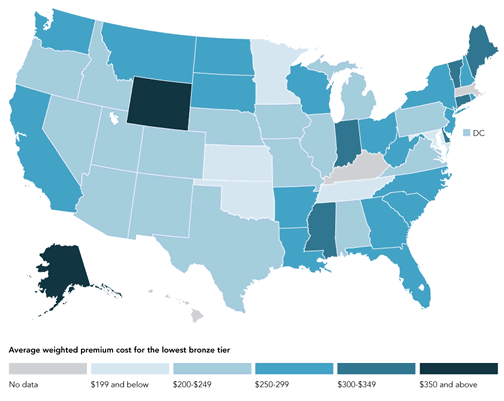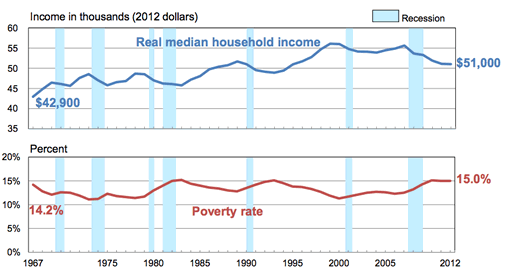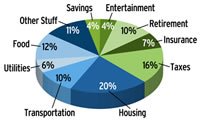 It’s time to check up on our 2013 New Year’s Resolutions, which I gave the eloquent theme “Get our crap together” (in case one or both of us dies). I will roughly follow this GYST checklist.
It’s time to check up on our 2013 New Year’s Resolutions, which I gave the eloquent theme “Get our crap together” (in case one or both of us dies). I will roughly follow this GYST checklist.
Will and trusts. We are fortunate to have a family friend who is an estate lawyer, and she was able to assist us with creating all of these legal documents. They included:
- Designating a Durable Power of Attorney for financial and medical decisions, including backups.
- Designating who would take care of our children, including backups
- Distribution of assets and personal items. Mostly the money will go into a trust for the kid(s).
Living Will. In case one or both of us are incapacitated, this included:
- Medical power of Attorney and backup in case of being physical incapacitated
- Advanced directives
- Discussions of our wishes with family.
If you can find a good estate lawyer, I would recommend that route as they should have the experience to explain all of the potential issues in your state including being prepared for future law changes. I may try to write about the general issues later once I learn more. I also meant to compare my documents with those produced by services like Legalzoom, but haven’t gotten around to that. As for costs, it will vary depending on how complicated your situation is and how many additional documents you need prepared and reviewed (power of attorney, trust, etc.).
Life insurance. We each have a $1,000,000 term life insurance policy. We think this number is more than adequate given our future expected needs and our existing savings. If one of us dies, the other will ideally not have to work anymore. If both of us die, there should be enough to cover all living expenses plus any educational expenses. To get an idea of cost, try Term4Sale.com.
Short-term disability. We both have short-term disability through our employers. I don’t feel it is necessary to buy an additional individual policy as we have sizable cash reserves.
Long-term disability. Mrs. MMB obtained an individual long-term disability insurance tailored to her profession. This was done through a recommended local insurance broker. I did not pursue buying a long-term disability plan. This is due to the fact that I felt our portfolio is large enough to provide a substantial cushion, and also due to the fact that the physical demands of my job aren’t very high and thus I worried it would be hard to qualify for benefits. Upon further thought, however, I do think I should at least price it out. Another thing to do in 2014.
Financial Education
- Passwords. All major passwords are stored in an encrypted password manager, with most sites having a unique complex password such that one hacked database won’t affect the security of other accounts. My wife uses it all the time now and is familiar with it.
- Cash reserves. We have one year of expenses in cash held in an FDIC-insured bank account. This will provide a cushion so that nobody will have to worry about money until life insurance proceeds arrive.
- Spousal budget education. We did have a few discussions about our current monthly cashflow situation (income and expenses) and what spending levels could be supported with our current portfolio and with the addition of any life insurance proceeds.
- Spousal investor education. Can my spouse manage the finances without me? Probably, but not as optimally as I’d like. I did very little in this area, and this will be the focus on our 2014 resolutions.
I think we did pretty good in terms of estate planning, but for 2014 I’ll need to be much more proactive in sharing my investing knowledge. I’d like to learn how to make some simple videos and share them on Youtube.
 I always tell myself to do more research on Health Savings Accounts (HSAs), but I lack motivation because we have great health insurance benefits and not even the option of an HSA-eligible high-deductible plan. I know, what a tough problem to have ;).
I always tell myself to do more research on Health Savings Accounts (HSAs), but I lack motivation because we have great health insurance benefits and not even the option of an HSA-eligible high-deductible plan. I know, what a tough problem to have ;). 



 Ever since we started cutting back our work hours in order to share childcare duties, Mrs. MMB and I have kept a closer eye on our monthly spending patterns. One of the headaches for budgeters is dealing with large lump-sum payments like those for home/car repairs, healthcare bills (human repairs), and home/car/life insurance. Our homeowner’s insurance is due annually (we don’t use mortgage escrow anymore), life insurance is due annually, and auto insurance is due semi-annually.
Ever since we started cutting back our work hours in order to share childcare duties, Mrs. MMB and I have kept a closer eye on our monthly spending patterns. One of the headaches for budgeters is dealing with large lump-sum payments like those for home/car repairs, healthcare bills (human repairs), and home/car/life insurance. Our homeowner’s insurance is due annually (we don’t use mortgage escrow anymore), life insurance is due annually, and auto insurance is due semi-annually.  The Best Credit Card Bonus Offers – 2025
The Best Credit Card Bonus Offers – 2025 Big List of Free Stocks from Brokerage Apps
Big List of Free Stocks from Brokerage Apps Best Interest Rates on Cash - 2025
Best Interest Rates on Cash - 2025 Free Credit Scores x 3 + Free Credit Monitoring
Free Credit Scores x 3 + Free Credit Monitoring Best No Fee 0% APR Balance Transfer Offers
Best No Fee 0% APR Balance Transfer Offers Little-Known Cellular Data Plans That Can Save Big Money
Little-Known Cellular Data Plans That Can Save Big Money How To Haggle Your Cable or Direct TV Bill
How To Haggle Your Cable or Direct TV Bill Big List of Free Consumer Data Reports (Credit, Rent, Work)
Big List of Free Consumer Data Reports (Credit, Rent, Work)